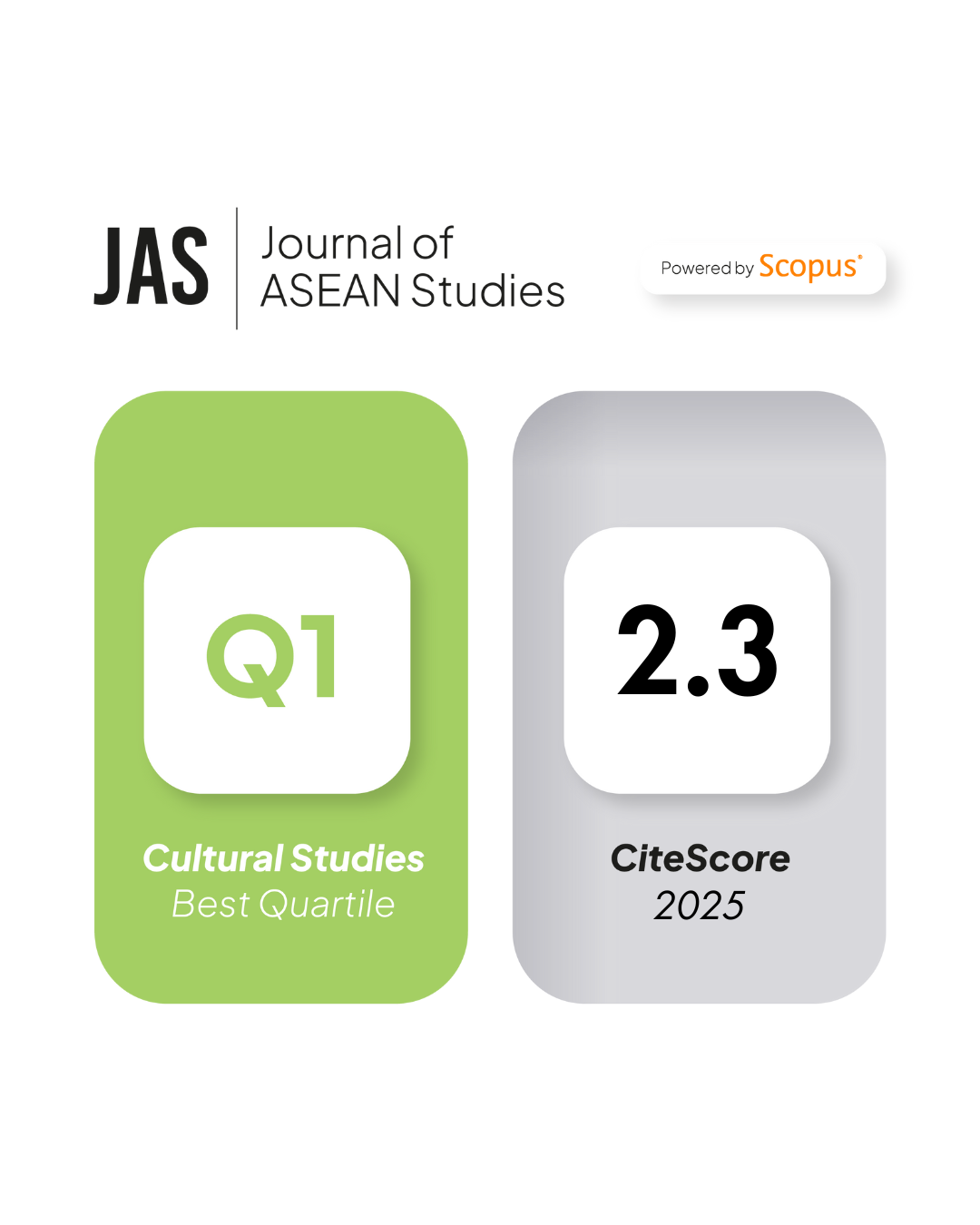The US Rebalance Policy and the Management of Power Politics in Asia Pacific
DOI:
https://doi.org/10.21512/jas.v2i1.81Keywords:
US Foreign Policy, East Asia, Southeast Asia, Mandala, Tributary SystemAbstract
The policy was introduced by the U.S. President Barack Obama early in his first administration in 2010, marked specific changing to the U.S. foreign policy like never before. The U.S. continuously views South and South East Asia, including the Indian Ocean, as a crucial driver for America’s economic growth and prosperity throughout the 21st century. Numerous numbers of cooperation and partnership have been done to enhance the ties between the U.S. and the regions. The U.S. presence and involvement in most essential regional meetings and summits can also be seen as an effort to seek opportunities, politically, economically, as well as security. This article tries to analyze how the U.S. rebalance towards Asia policy, a term used for the U.S.' foreign policy influenced the regional stability in Asia-Pacific region.Â





















